Jewish Quarter
After traversing the Via Dolorosa, we made our way to the Jewish Quarter on our way out of the city. In contrast to the chaos of the largely Arab Via Dolorosa, it was the Sabbath, so the Jewish Quarter was pleasantly peaceful.
One feature of the Jewish Quarter is a partial excavation of columns for the old Roman cardo. In 135 CE, the Roman emperor Hadrian built the town of Aelia Captiolina on the ruins of Jerusalem in keeping with Roman urban planning conventions, and this general layout has largely persisted. The cardo maximus was a main north-south street starting at the Damascus Gate and featured roofed merchant stalls supported by stone columns - some of which have been excavated and re-erected for display.
Near the Jaffa Gate is the Tower of David, a protective citadel whose multiple foundation layers testify to destruction and reconstruction by a succession of Jewish, Roman, Byzantine, Christian, Muslim and Ottoman rulers.
Also by the Jaffa Gate is the traditional grave site for the two architects of the existing wall who Suleiman the Magnificent had executed (as differing legends have it) either as punishment for not including Mount Zion in the walls or to prevent them from building anything as momentous for anyone other than him.
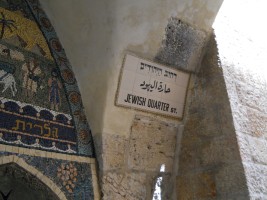
Jewish Quarter St.
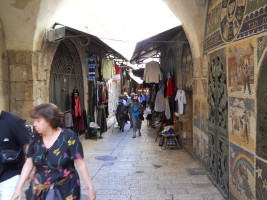
Leaving the Bazaar
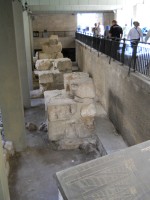
Ruins of the cardo
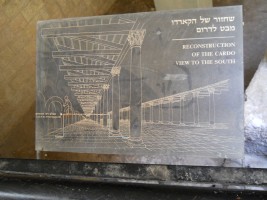
Cardo reconstruction
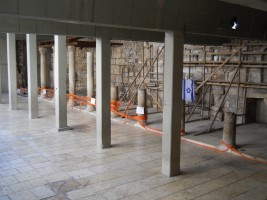
Cardo columns under new building

Mural of how the cardo looked
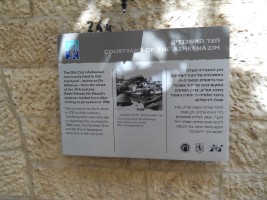
Courtyard of the Askenazim
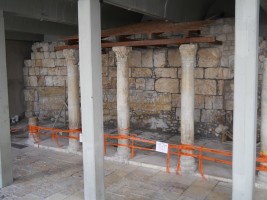
Cardo columns
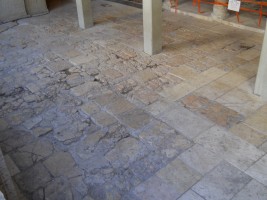
Roman era stones
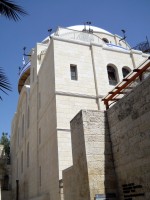
Beit Yaakov Synagogue
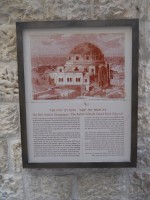
Beit Yaakov Synagogue
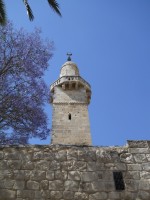
Adjacent mosque

Jewish quarter

Cardo columns
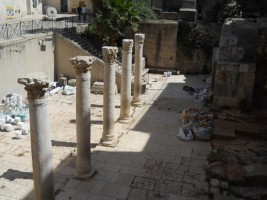
Cardo columns

Cardo columns
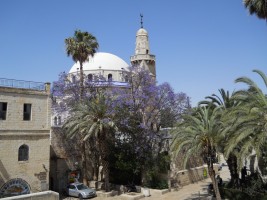
Mosque
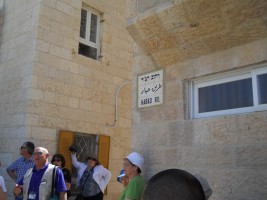
Habad Rd.
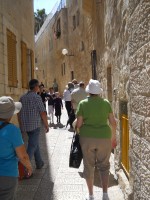
Jewish quarter

Ha-Mal'akh St.
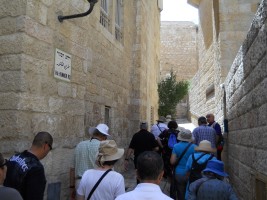
Ha-Kinnor Rd.
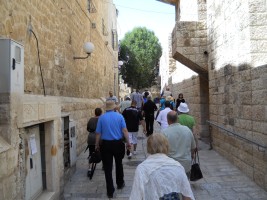
Jewish quarter
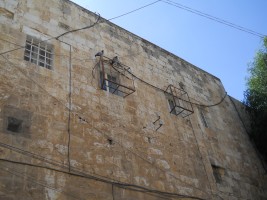
Sanctuary
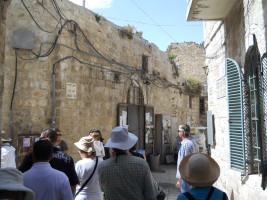
Ararat Rd.
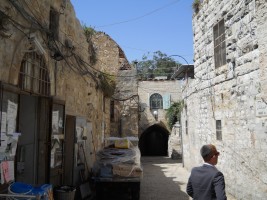
Ararat Rd.

Ararat Rd.
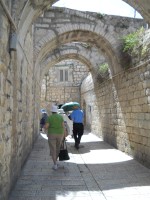
Arches
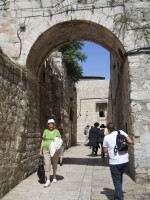
Arches

St. James St.

Pottery
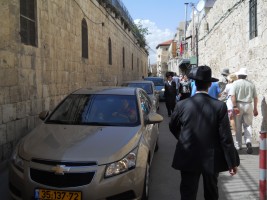
Big hats
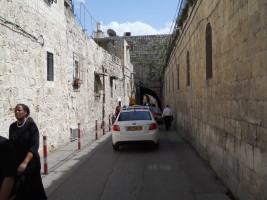
Cars vs. people
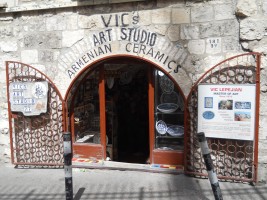
Armenian Ceramics
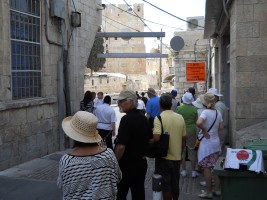
Armenian Orthodox Patriarchate Rd.
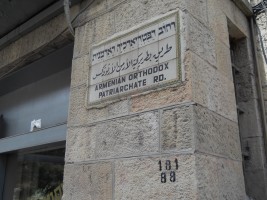
Armenian Orthodox Patriarchate Rd.
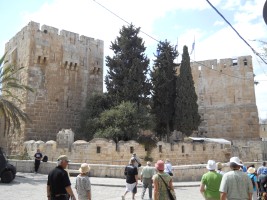
Tower of David
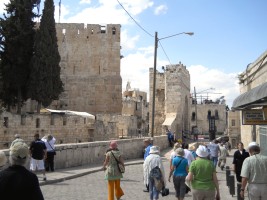
Tower of David

Tower of David
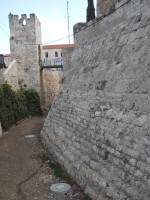
Tower of David
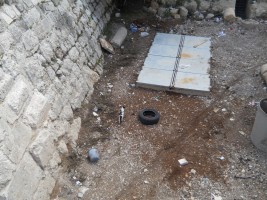
Cat
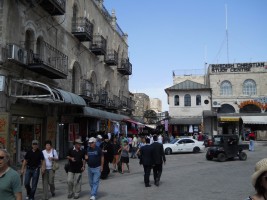
Plaza
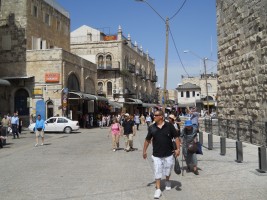
Plaza
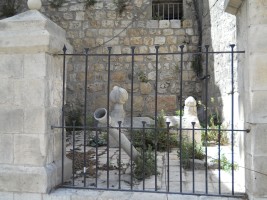
Graves of the architects of the wall
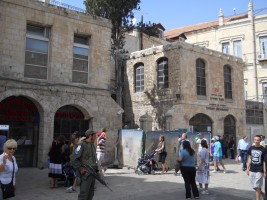
Graves of the architects of the wall
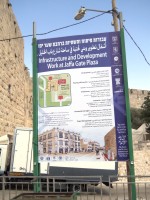
Development work at Jaffa Gate Plaza
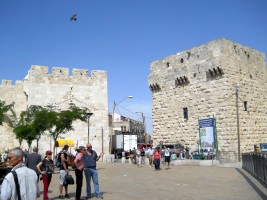
Jaffa Gate
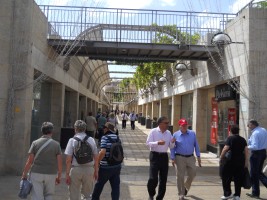
Mamilla
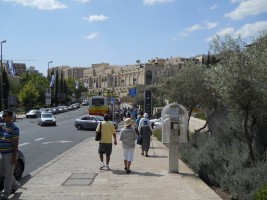
Back to the bus